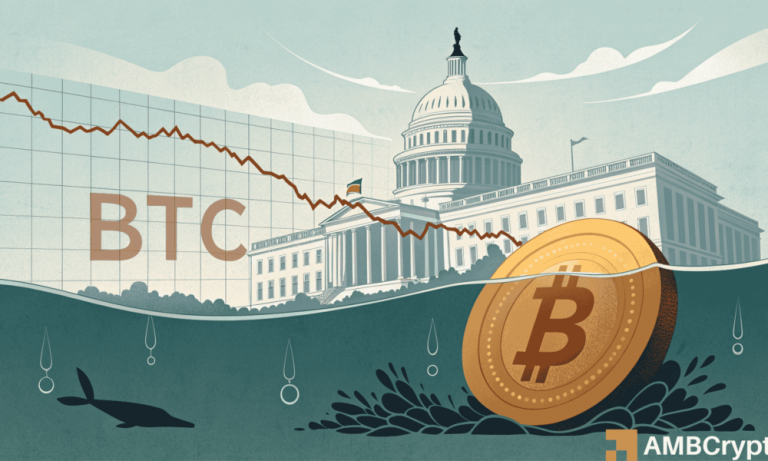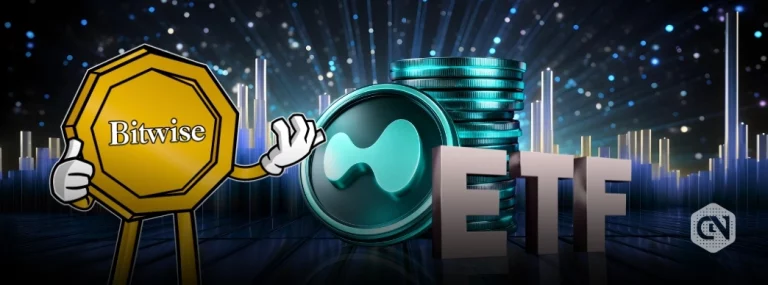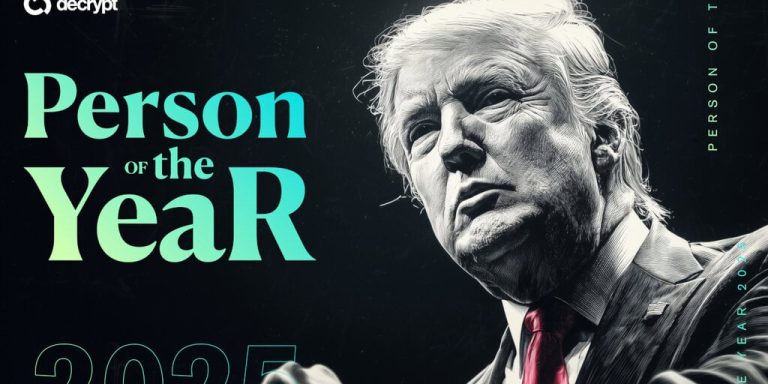
The race for dominance in artificial intelligence (AI) has taken a fascinating turn as two U.S.-based AI laboratories unveiled open-source models designed to rival China’s hold on the industry. With global tech sovereignty at stake, the release of Deep Cogito’s Cogito v2.1 and The Allen Institute’s Olmo 3 spotlights the U.S. effort to assert its influence in the rapidly evolving open AI space.
Deep Cogito and Olmo 3: Two Strategies, One Goal
Deep Cogito introduced its Cogito v2.1, an advanced 671-billion-parameter AI model built on the foundation of the Chinese open-licensed DeepSeek model. According to Drishan Arora, the company’s founder, Cogito is “the best open-weight large language model (LLM) created by a U.S. company.” However, the reliance on Chinese technology has sparked debates about whether this truly represents an American achievement or underscores the extent of U.S. dependency on foreign innovation.
In contrast, The Allen Institute for AI released Olmo 3, a fully transparent model emphasizing independence and accountability in its development. Unlike Cogito, Olmo 3’s foundation is entirely U.S.-built, starting with a proprietary training dataset called Dolma 3 and structured to preserve full transparency in AI research.
Key Differences Between Cogito v2.1 and Olmo 3
While both models aim to counter China’s dominance, their approaches reveal significant differences:
- Cogito v2.1: By adapting a pre-existing Chinese-developed foundation (DeepSeek), it offers efficiency gains, producing 60% shorter reasoning chains while maintaining high performance. This approach allowed Deep Cogito to train its model in just 75 days using external infrastructures such as RunPod and Nebius.
- Olmo 3: Developed from scratch, this model emphasizes complete transparency and sovereignty. The Allen Institute’s approach includes open access to training recipes, datasets, and checkpoints, ensuring trust and accountability.
Olmo 3 is broken into variants—Base, Think, and Instruct—offered at scales ranging from 7 billion to 32 billion parameters. Its efficiency also shines, achieving comparable performance to established models such as Qwen 3 while requiring far fewer tokens for training.
Why AI Sovereignty Matters
Open-weight AI systems are critical as they form the backbone of downstream applications built across industries. Currently, China’s dominance—with models like DeepSeek and Qwen—has pushed U.S. startups toward integrating Chinese intellectual property into their products. This dependency makes American firms reliant on foreign supply chains and innovation, much like past issues in the semiconductor space.
Deep Cogito’s reliance on DeepSeek highlights both the strengths and limitations of forking existing models for rapid implementation. In contrast, The Allen Institute’s framework, while slower and resource-intensive, ensures independence and a sustainable future for U.S. AI innovation.
What’s Next for Open AI in the United States?
Deep Cogito has already secured $13 million in funding and plans to release models with even larger capacities, aiming to push U.S. AI productivity ahead. Meanwhile, Olmo 3’s development, supported by NVIDIA, reflects the rising importance of establishing homegrown, transparent AI systems. Nvidia’s VP Kari Briski emphasized that this effort enables developers to scale AI using secure, fully U.S.-built resources.
How Can You Explore These Cutting-Edge Models?
Both Cogito v2.1 and Olmo 3 are available for testing and download:
- Test Cogito v2.1 (optimized for users with high-end GPUs).
- Try Olmo 3 (consumer-friendly options available).
These platforms pave the way for developers and researchers to engage with AI tools focused on enhancing performance, efficiency, and trust in the digital age.
Boost Productivity with AI Technology
Are you looking to integrate seamless AI-powered tools into your workflow? Explore products like the NVIDIA H100 GPUs, designed specifically to accelerate AI model training. With unmatched processing speeds, these GPUs are ideal for developers seeking robust AI solutions to stay ahead in a competitive market.



